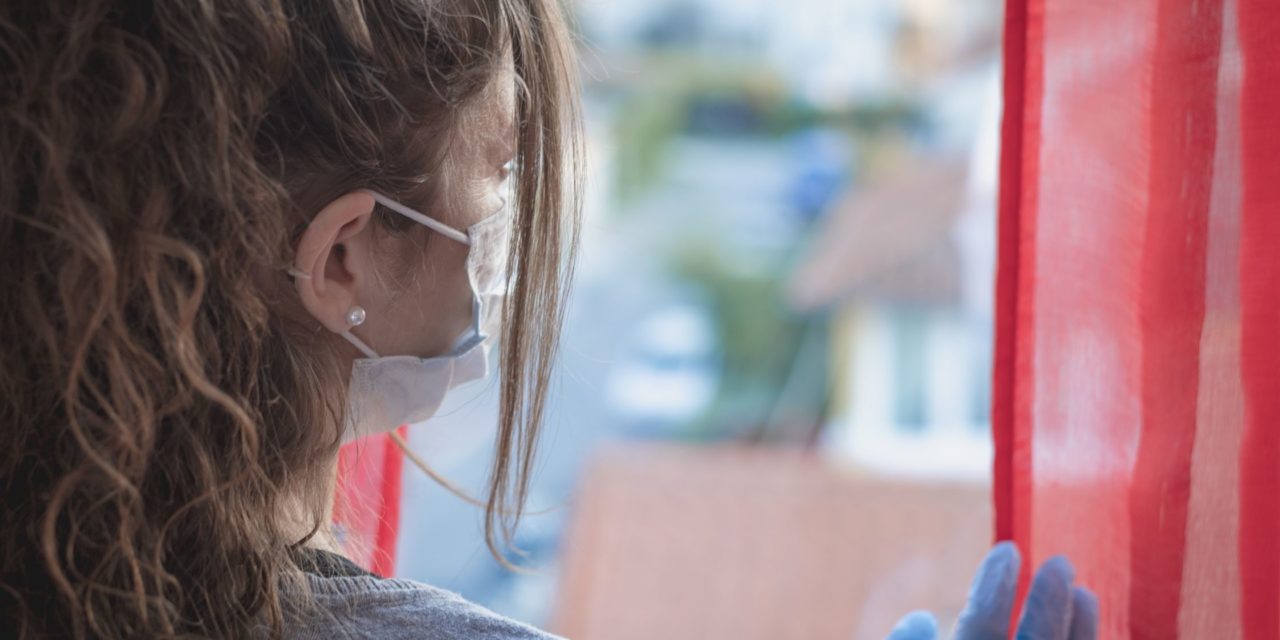A couple of months into 2020, the world very quickly gained an understanding of just how real and just how serious the coronavirus pandemic is. As efforts were directed to preventing the spread of this potentially deadly condition, newly released data leaves us wondering if resources were directed away from another crisis: the opioid epidemic.
The Concerning Numbers
In a December 2020 press release, the CDC outlined staggering numbers related to opioid overdoses – specifically connected with illicit fentanyl. According to the CDC, a total of 70,630 drug overdose deaths were reported in 2019. The most recent 12 month period which we have reported data is from June 2019 until May 2020 and it lists more than 81,000 drug overdose deaths in the United States. The CDC’s official press release stated that “While overdose deaths were already increasing in the months preceding the 2019 novel coronavirus disease (COVID-19) pandemic, the latest numbers suggest an acceleration of overdose deaths during the pandemic.”
The Correlation Between COVID & Overdoses
One question that researchers and mental health professionals are no doubt asking is “What is the correlation between COVID-19 and overdose deaths?” Although we may never know 100% of the factors involved, there are several possible connections that have been observed.
More Isolation, Depression, and Fear
Since the initial lock down, isolation has been an obvious reality for people across the globe. As discussed in an American Pyschological Association publication by Amy Novotney, isolation can lead to depression, sleep issues, decline in cognitive function, and more. These are all factors that also lead to risky behaviors such as drug use.
More Pain
People who suffer from chronic joint and muscle pain can attest that the worst thing they can do is stay still too long. During this long stretch of working from home and limiting social interactions, time spent moving has likely decreased for millions of Americans. They may experience the most tightness and discomfort in the mornings after spending the night laying in bed. It takes a little bit of movement (and maybe a pain pill or muscle relaxer) to get things loosened up. A decrease in motion could certainly cause an increase in pain and the desire for pain management – such as opioids.
Less Observation
Virtual care has replaced a vast majority of healthcare appointments. Consequently, doctors are getting less in-person time with their patients, unless it is deemed necessary. Virtual appointments have a multitude of benefits such as eliminating transportation issues, allowing doctors to get a glimpse of their patient’s home, minimizing patient wait times, and reducing the potential spread of COVID-19, but it has its drawbacks too. One of the biggest issues is that providers are now reliant on limited visual and auditory senses in order to evaluate their patient’s wellbeing. Nurses, PAs, and Physicians are trained to use all of their senses when examining a patient. How do they walk? How do they smell? How do their thyroid glands feel? These are just a few of the things that providers may only be able to observe during an in-person appointment which can point to the patient’s condition. Opioid addiction treatments such as Suboxone can be abused and should be prescribed with close observation. Does the emergence of virtual visits mean less observation accompanying the use of these medications? If so, it could be correlated to the rise in suboxone abuse, opioid addiction relapse, and overdoses.
Less Resources
The reality is that there are limited resources and when COVID-19 hit. The country had to divert many of its resources to preventing the spread of this virus and treating the masses who contract it. Unfortunately, this meant that there are less resources to address diseases like addiction. There are fewer touch points for educating people about fentanyl and other opioids, or to identify when someone may already be struggling with opioid addiction. Individuals who are overdosing or are otherwise experiencing a drug-related health emergency often rely on emergency rooms. However, reports have clearly expressed that ER’s have been battling high admissions numbers and shortages in staff and supplies, and space. There is no doubt that these resource shortages could be linked to the rise in overdose deaths.
Concerns of Further Overdose Death Increases
81,000 marks the highest number of overdose deaths ever recorded in the U.S. within a 1 year time period and it only includes the first couple of months of the pandemic. As we quickly approach the 1 year mark since quarantine and mask mandates have gone into effect, COVID-19 is still taking lives and communities must still operate with an abundance of caution. The reality is we will not know the true impact that COVID-19 has had on the opioid crisis until it has already happened. As a country, we must work together to stop the spread of this epidemic so that we can resume some level of normalcy and refocus our efforts on the equally devastating fentanyl and other opioid use in the United States.

